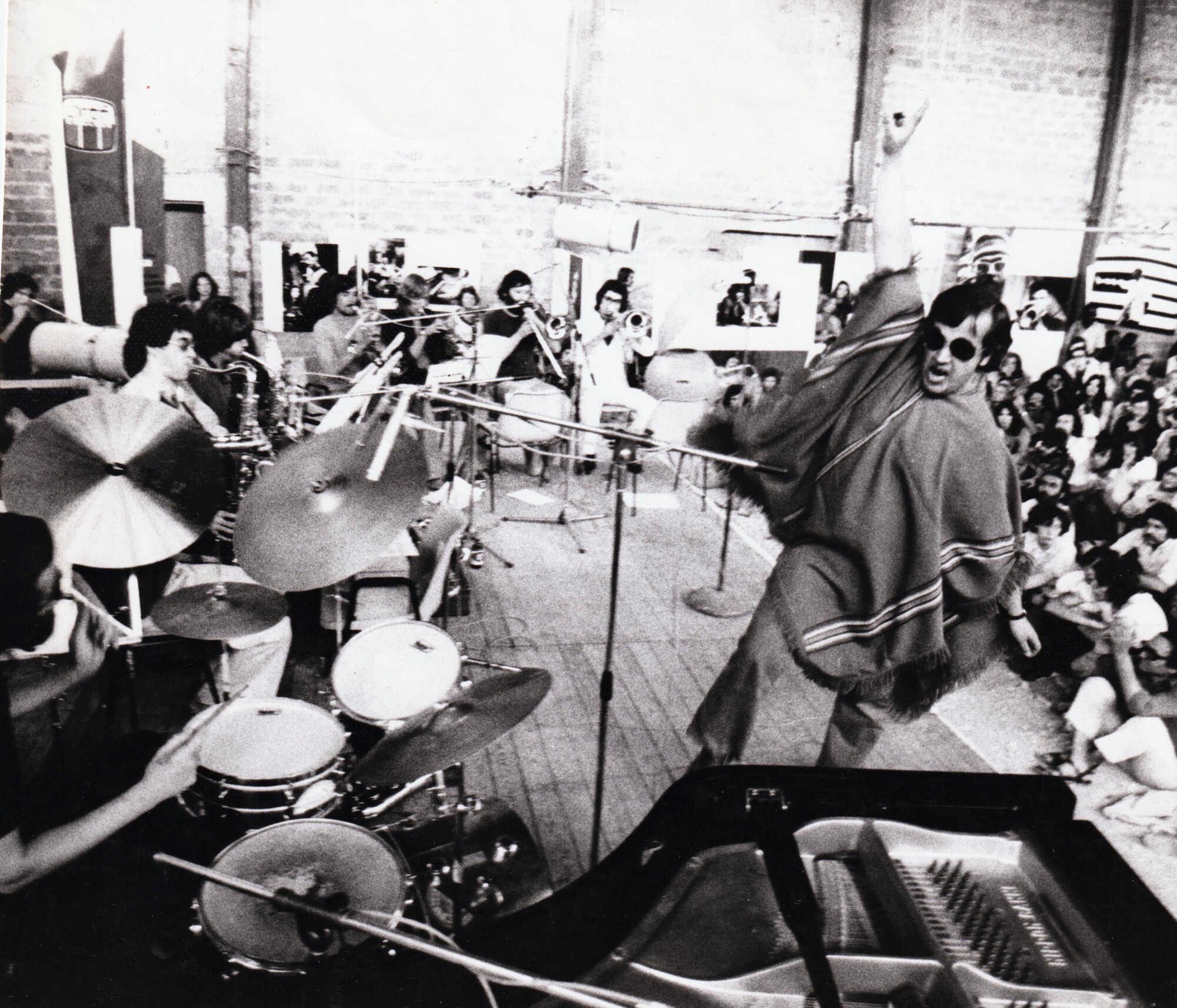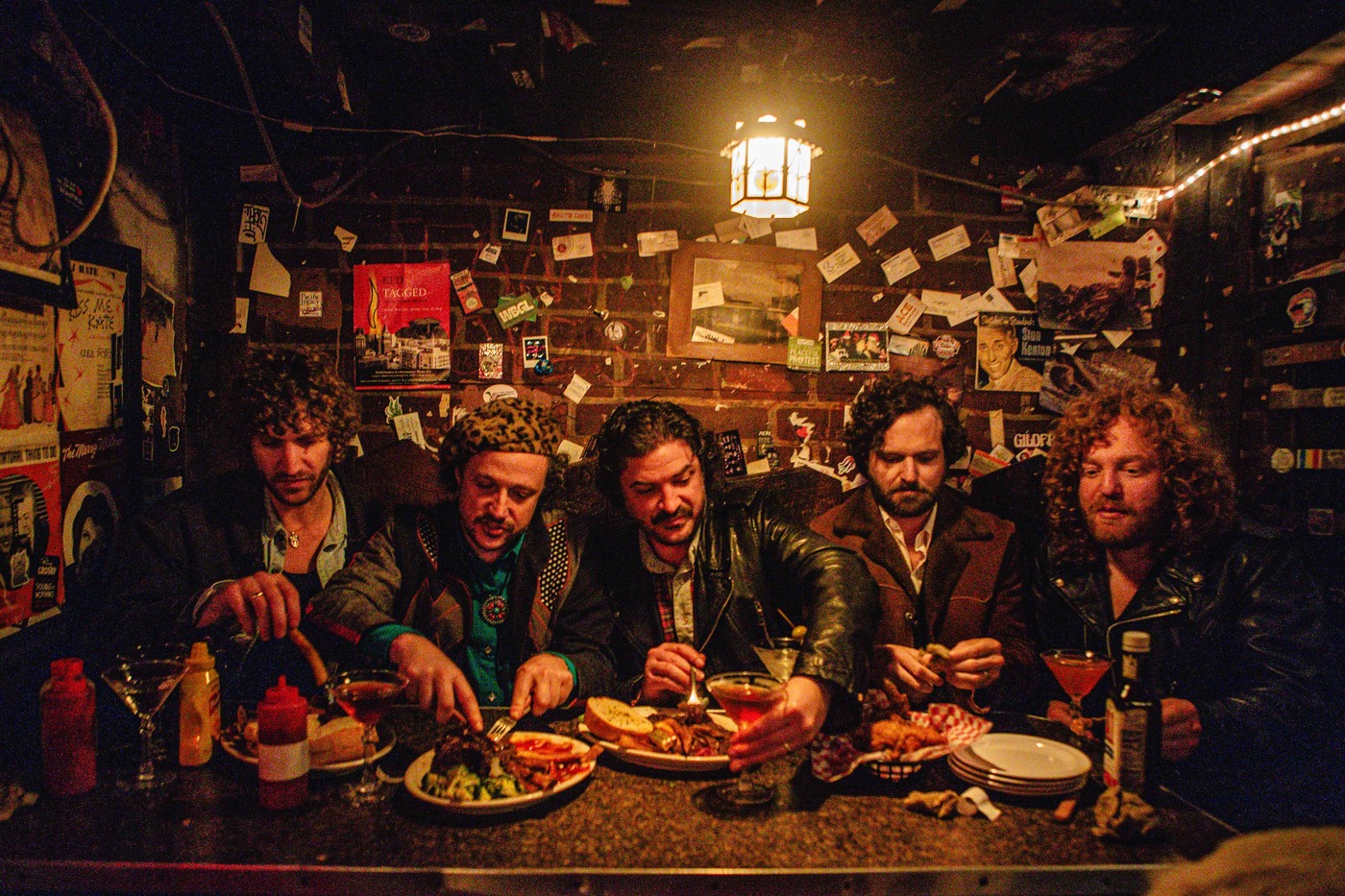Manuel Villaroel | Interview | Machi Oul
Manuel Villarroel is a jazz musician born in Chile, but mostly active in France. He has lived in France since 1970 and was part of very interesting projects like Septet Matchi-oul, Machi Oul and Skuas.
His career is several decades long. In the following interview we discussed his childhood, growing up in Chile and the eventual move to France where all those projects were initiated.
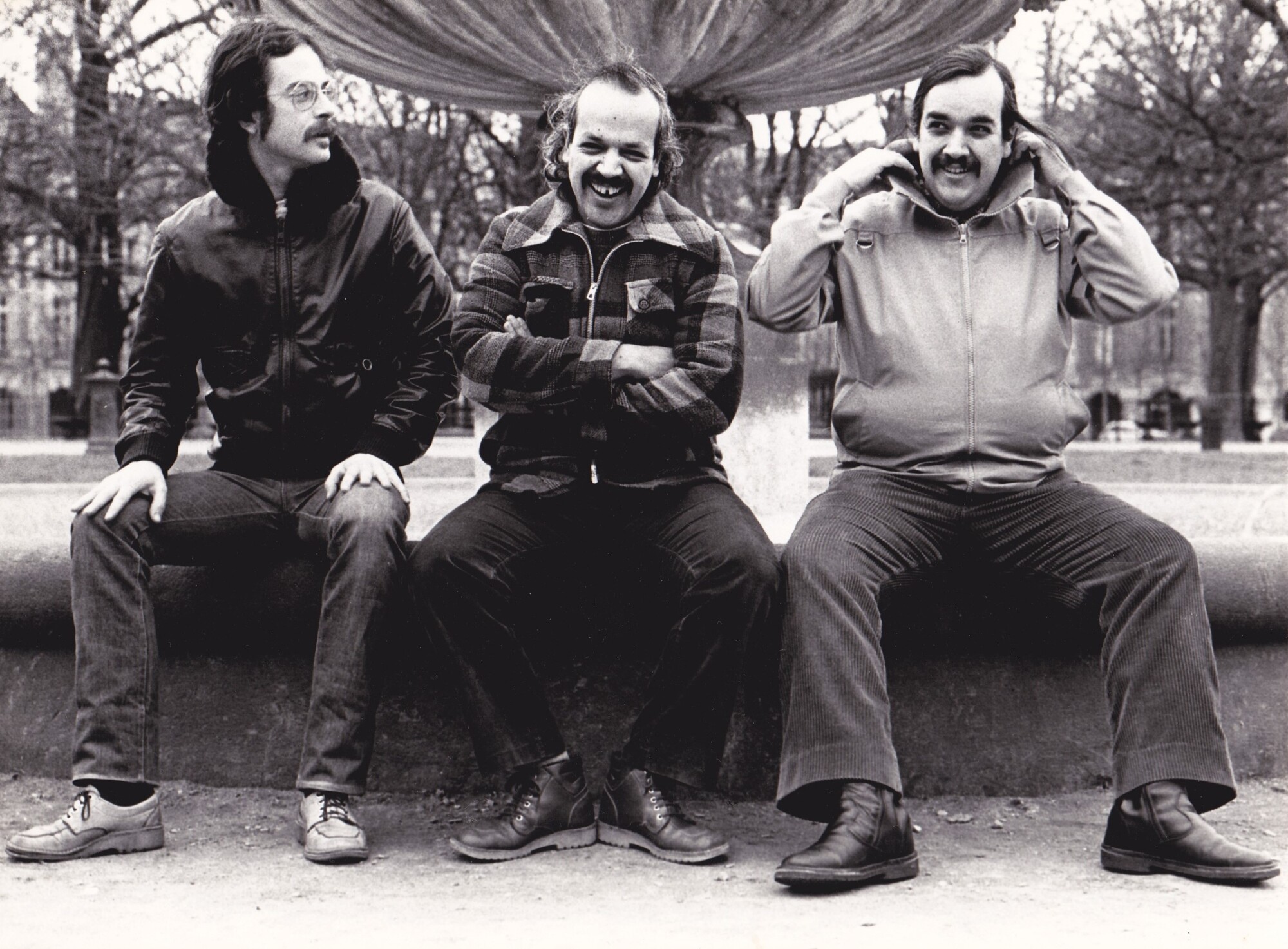
“It was “natural” that Patricio and I followed music in parallel with studies”
Would you like to talk a bit about your background? Where and when did you grow up? Was music a big part of your family life?
Manuel Villarroel: I was born in Santiago de Chile, on August 24, 1944. We lived in La Serena, a northern coastal town from 1944 to 1955. There has always been music in our house. The parents collected classical music, mostly American and French varieties, they often went to concerts and to the cinema. My mother played the piano, and when they came back from seeing a musical, she would try to play the tunes she had heard. Our uncles also played the piano at our house for the holidays. I learned to play the piano at the age of 6 with an old English lady, Mrs. Ann, at the Colegio Inglés de La Serena.
Tell us about seeing the Louis Armstrong concert with your parents in 1957?
We moved to Santiago in the summer of 1955. My brother Patricio and I went to college, and later to high school. At the same time we changed piano teachers. Our teacher was Don René Reyes, who prepared us to go to the free exams at the end of the year on the course of the Conservatorio Nacional de Música. We listened to a lot of music at home and our parents sent us to the classical concerts for students that took place on Sundays at the Cine Astor, with the Orquesta Sinfónica de Chile and guest soloists. Our parents therefore invited us to the Louis Armstrong concert which was an extraordinary event, since no known American jazz musician had come to the country until that year.
What inspired you to play piano?
We were inspired by the cultural (our parents were high school teachers) and musical context that prevailed at home. Not only did we listen to records (concerts and symphonies: Bach, Mozart, Chopin, Beethoven…) but we went to concerts quite often, then during parties at home we danced with records or sometimes René Reyes played popular tunes for all of us to enjoy. It was “natural” that Patricio and I followed music in parallel with studies at the Lycée and the Faculty.
You often went to see jazz concerts with your younger brother Patricio, who was also a musician, playing drums. What performers did you see?
We listened to Chilean jazz musicians at the Santiago Jazz Club: Omar Nahuel Quartet, Roberto Lecaros Trio and many others. Shortly after we listened to: Oscar Peterson Trio, Duke Ellington, Count Basie (in Buenos Aires). Then in 1969, before Patricio left for Europe, we saw the Sextet of the Mangelsdorff brothers (Albert, alto sax and Alfred, trombone) with Manfred Schoof, trumpet (frontline) plus a rhythm section (piano, double bass, drums ). They played compositions of their own, more modern than what we had heard live before that year. Here is the team that played at Santiago Chile, on 1969 at Goethe Institut: Albert Mangelsdorff (trombone), Manfred Schoof (trumpet), Gerd Dudeck (soprano sax), Heinz Sauer (tenor sax), Wolfgang Dauner (piano), Günter Lenz (double bass), Ralf Hömberg (drums).
Your first band was called Minton’s Trio, consisting of you two and your cousin Arturo Bórquez on double bass. Tell us about the repertoire you played?
This was from 1963 to 1965. With the Minton’s Trio we were already playing our compositions, inspired by our favorite musicians of this period: John Coltrane, Ornette Coleman, Miles Davis, Cecil Taylor, Wayne Shorter, McCoy Tyner who we listened to late at night on the Radio program Voice of America by Willis Conover and Bossa Nova, which played on Radio Carve in Montevideo (Uruguay) every night. (All this on short waves!).
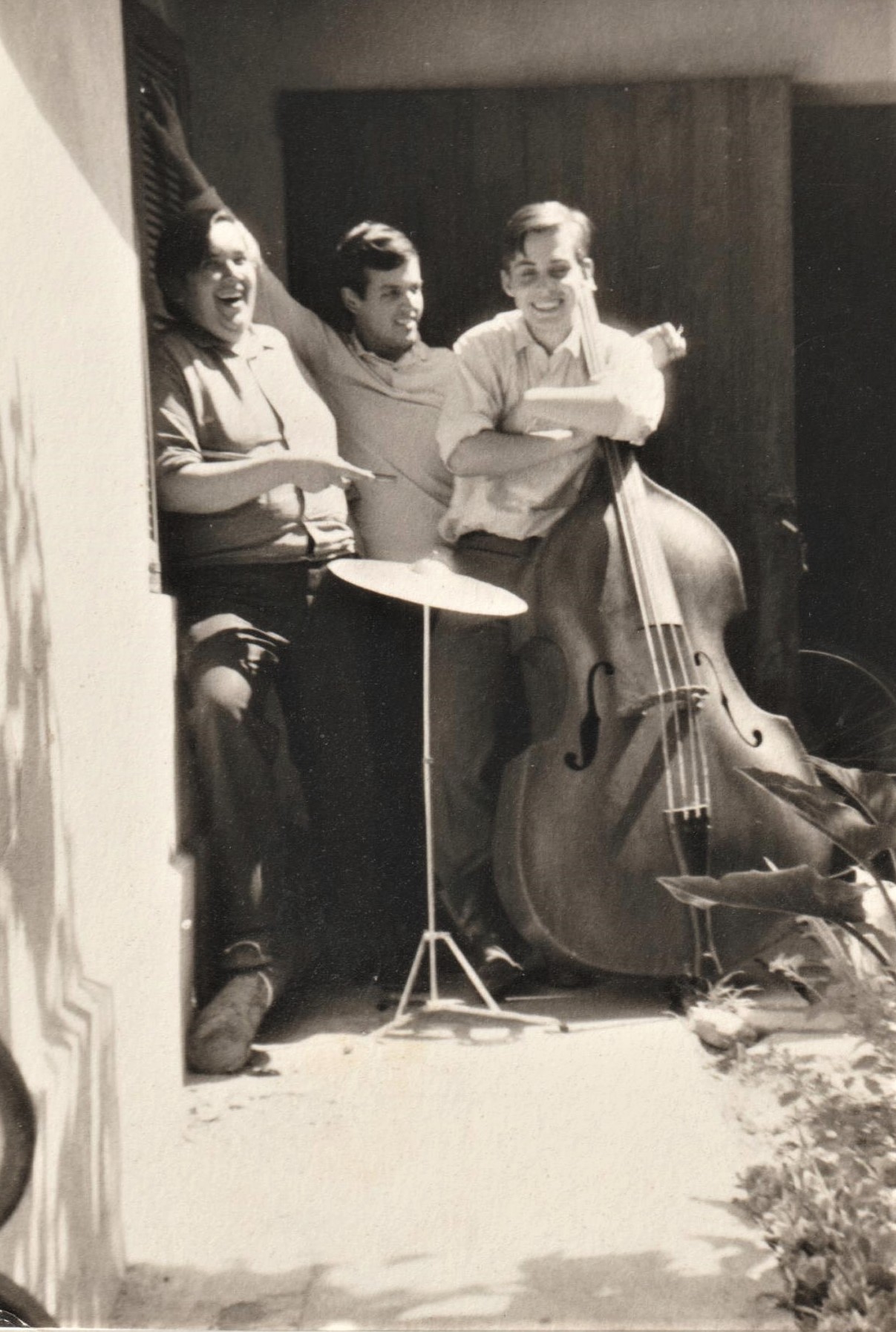
How did you get in touch with Mariano Casanova and Matías Pizarro?
We invited Mariano Casanova to listen to us at our garage at home. Following his visit, he gave us precious advice to progress in the musical path that we intended to follow at that time.
For Matías Pizarro it is different. He lived in the same neighborhood as us in Santiago: Ñuñoa. One day, strolling around the corner, Patricio passed in front of his house, heard someone playing the jazz piano very well. He rang the doorbell. Matías’ mother brought him in and introduced … Matías. After this unexpected meeting, Patricio simply invited Matías to our garage where we often did sessions with guest musicians, and vice versa.
What can you tell us about the Quartet?
This was in 1969. When Patricio left for Europe (around July of this year), our Trio dissolved. So I set up a Quartet with musicians we had met at the jam sessions: Sandro Salvati (alto sax), Nelson Gamboa (double bass), and the young talent Pedro Greene (drums). We played together in all the nightclubs and jazz clubs spotted in the Central Chilean Region, until my departure a year later. We recorded a tape with my compositions, in Santiago at Studio Splendid, in July 1970.
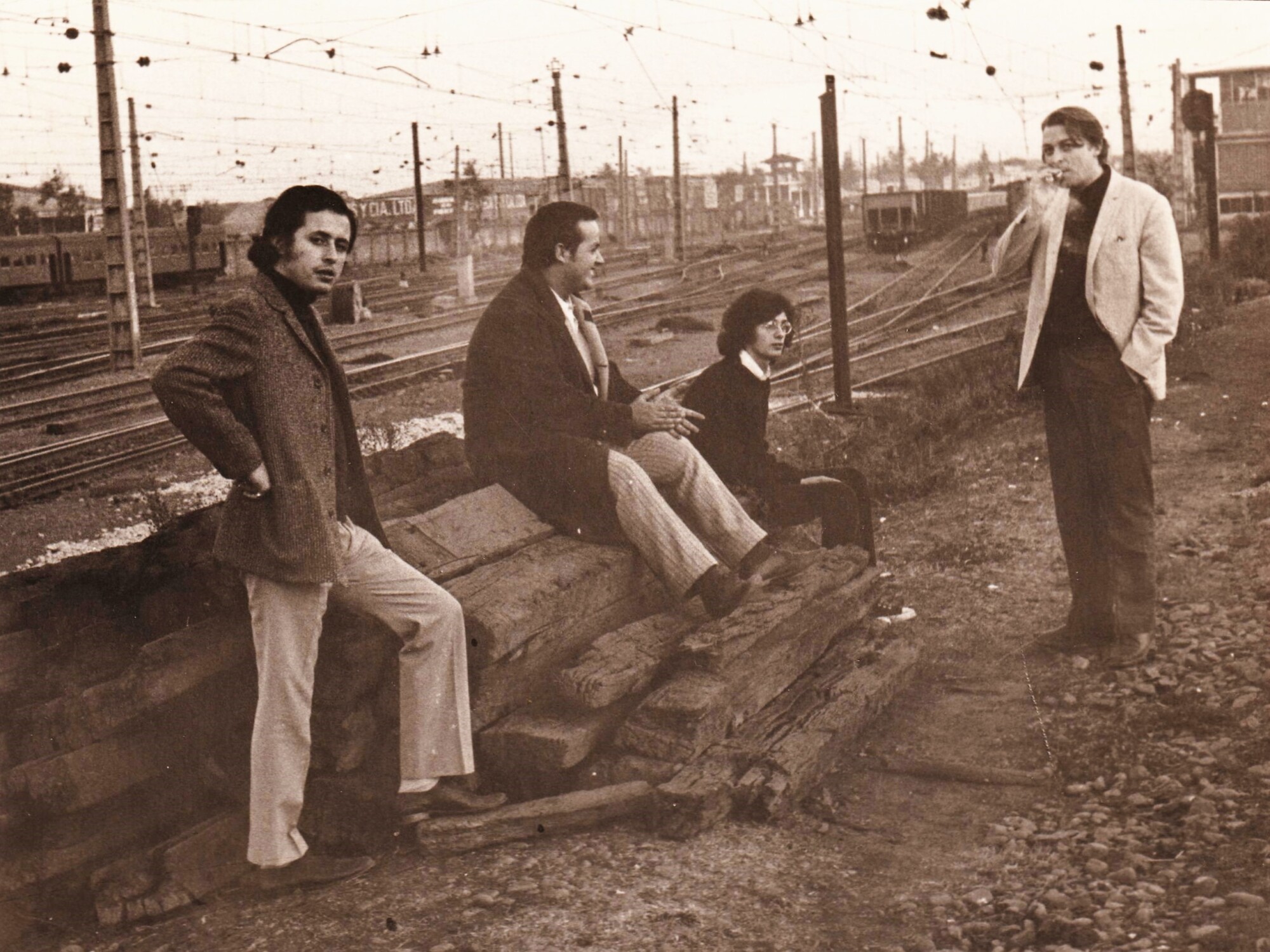
In 1970 you went to Berlin for three months to attend a seminar for contemporary music.
I was invited to participate in this event for 3 weeks in Wannsee, near Berlin, through the Goëthe Institut in Santiago. There was an announcement saying that you had to send sheet music and a soundtrack to be invited. So I feel the tape we had recorded with the Quartet in July and some scores are good enough. They answered very quickly. It was an extraordinary experience, it allowed me to do jam sessions with people who were already known on the European scene: Peter Brotzman, Hank Benik, Derek Bailey and other musicians who played in experimental groups.
When and what led you to move to France?
I left Chile in September 1970 to go to the Contemporary Music Workshop in Berlin, Wannsee. I made the decision to stay in Europe for two reasons: One, at the time I was a Veterinarian (I had practiced for just 3 years: 1967-1970 (or at the same time I was playing with my Quartet in the evening!), this time allowed me to decide to make music my profession. Two, I had looked around for possibilities to live concerts in my country, and at that time it was quite difficult, so I took this opportunity to leave.
Can you elaborate on the formation of Machi Oul in Paris? What was the original concept behind it?
That’s in 1971. I first had a Quartet with the alto saxophonist Jef Sicard, who played in the Dharma Quintet, a formation in which Patricio played. They introduced me to other musicians, including tenor saxophonist Gérard Copperé and trombonist Wiliam Trève. I had also met the drummer Jean-Louis Méchali and his bassist brother François. So I had the rhythm, it needed a trumpeter to finish this Septet Machi-Oul, which we met afterwards. Quite quickly, this Septet became the Machi-Oul Big Band, by adding a trumpet, a trombone, an alto saxophone and a tenor saxophone (or baritone, depending on the period).
How did you get signed to Futura Records and what can you tell us about the release of ‘Terremoto’ with Septet Matchi-oul?
I met Gérard Terronés in Paris, in the winter of 1971. He asked me what musical proposal I had to present to him. I left him the reel-to-reel band of the Chilean Quartet for a few days and he contacted me fairly quickly to sign a recording agreement for the Septet Machi Oul on his Futura Record label.
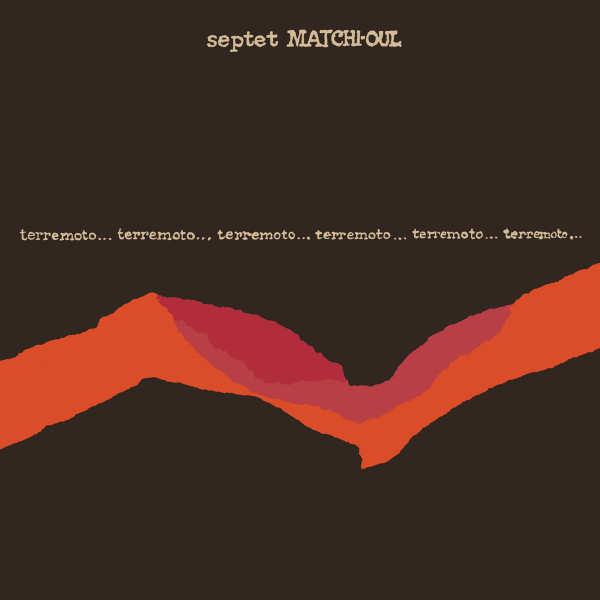
So we recorded ‘Terremoto’ in May. This music is a transition between the one I did in Chile before leaving and the one we did later in 1974-1976 with Machi-Oul Big Band.
“A return to basics in a “structured free music” context”
What led to your decision to write compositions with a Latin American free jazz character?
I did not make a decision overnight. There was an evolution in my arrangements for the M.O.B.B between 1971 and 1974, where I gradually introduced the Latin flavor to a writing which required a certain direction for the solos or the interventions of collective improvisation under a canvas precise rhythm. A return to basics in a “structured free music” context.
This resulted in the release of ‘Quetzalcoatl’?
Absolutely. It was not easy, it costs me a lot of patience-energy to manage and make my proposal a reality with the musicians and the public, who followed this case very well. ‘Quetzalcoatl’ was the culmination of all these efforts, provided with all the musicians of the orchestra.

You also toured Europe? Where did you all play and who did you share stages with?
From 1972 to 1976. Yes, we mainly played in France and Germany:
– Châteauvallon Jazz Festival, France August 1972.
– Altena Jazz Festival, Duseldörf, Altena Germany July 1974.
– 3 Jazz Festival Balver Hölle, Balve/ Sauerlands Germany, June 1976
The musicians we met at these events: Charles Mingus, John McLaughlin, Michel Portal, Weather Report, Michel Petrucciani, Charles Lloyd, Horace Parlan, Alejandro Espinosa.
How did you meet Michel Portal?
He invited me to his home in Paris, where we mainly talked about jazz, classical music, and improvisation. I invited him to do a jam session at my house with Patricio and Matías Pizarro. It was just when SKUAS was born.
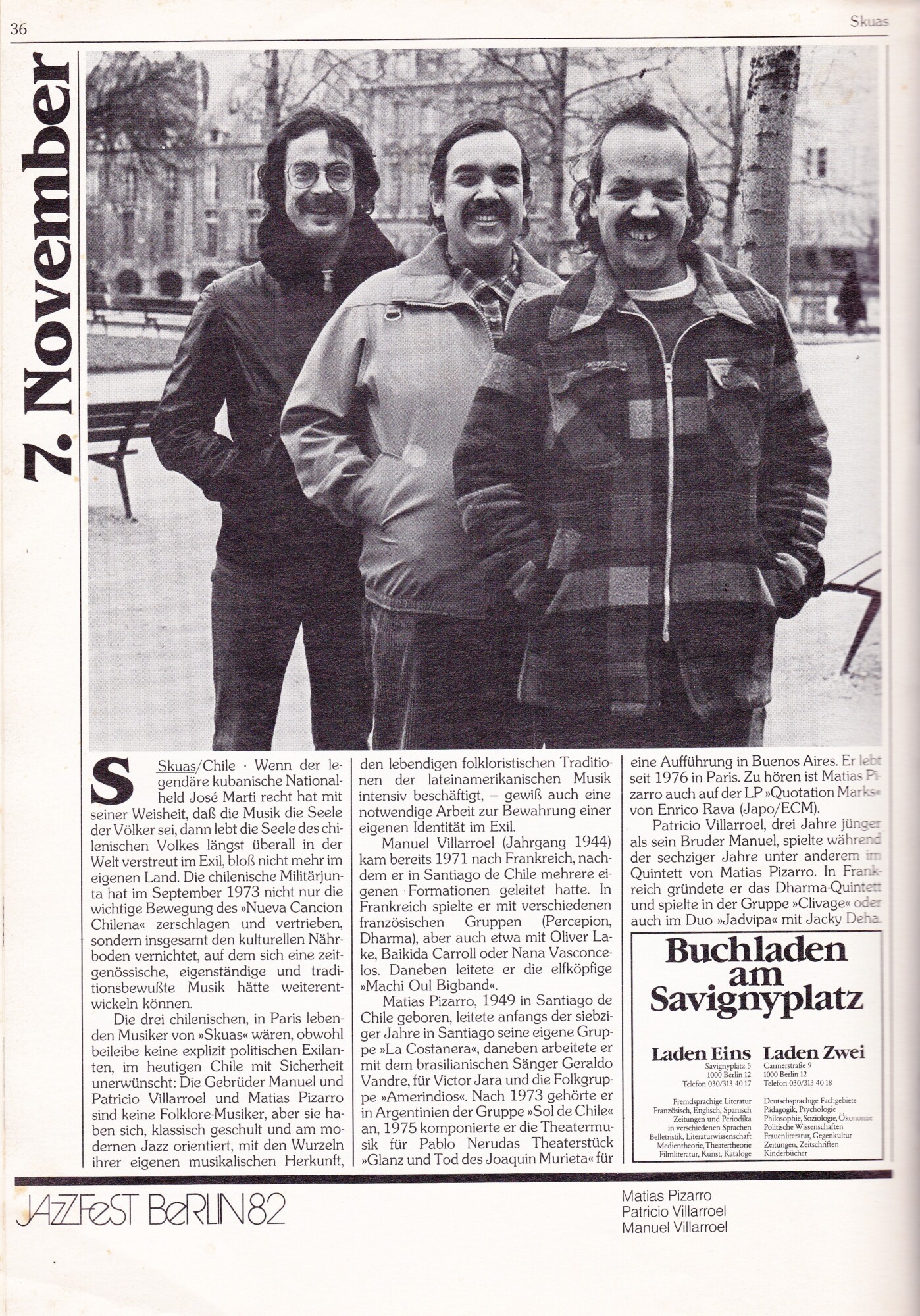
The Trio Skuas also included Matías Pizarro and Patricio Villarroel. Tell us about it.
Patricio is my brother. We shared a lot of things in life and music in particular. Matías Pizarro, we met him in Chile in 1963-1965, when the Minton’s trio was gaining momentum, we did sessions at our place or at his place, we met lots of new musicians. Matías arrived in France in 1977. We had a common past in Chile, and we were the only Chilean jazz musicians in Paris that year. Naturally we suggested that he do a Trio with us, the Villarroel brothers. In this Trio we shared our compositions and the musical direction. Skuas toured France and Europe for ten years, plus an incursion into Singapore in 1985.
You appeared on many other projects, would you like to share some of the highlights?
– Jazz Festival in Châteauvallon. Solo Piano Concert. August 1976, France
(1977-1987) Skuas:
– Festival at the Château de Franchimont. Spa, Belgium, 1982
– Chapati Two Jazz Festival. Ensival, Belgium, 1982
– Berlin International Jazz Festival, Germany, 1982
– International Jazz Festival in Singapore. Philharmonic Hall, 1985
Orders of works for students and teachers of the ENMD of Val d’Yerres:
– ‘Otra T,’ for all teachers (classical and jazz), 1980
– ‘Under Monk’s Sphere’
– ‘Le Corsier Bu,’ two pieces for the Ensemble of Students and Teachers, 1988
(1991-2000) Participation in educational projects:
– Big Band 91, educational orchestra, co-directed with saxophonist Jean-Paul Mallet and guitarist François Fichu. Students of the Conservatoitre de l’Essonne in 3rd Cycle. Adiam 91, and the Drac, 1991-1992.
State commission for the 70th anniversary of French Jazz Revisited, with the Young Philharmonic of Seine Saint-Denis:
– ‘Divertissement en 4 mouvements pour Petite Philharmonie’. With the participation of students and teachers from the Bagnolet Conservatory and guest soloists. This piece was performed on three towns of the Departement 93, near Paris, June-July 2000. Later on it was played in June 2007 by a Philharmonie with classical teachers and jazz students from the Jazz Departement (where we worked on), of the Ecole Nationale de Musique et de la Danse du Val d’Yerres, Departement 91. This last concert was a tribute from the town to my modest person for 36 years of
educational work at this school.
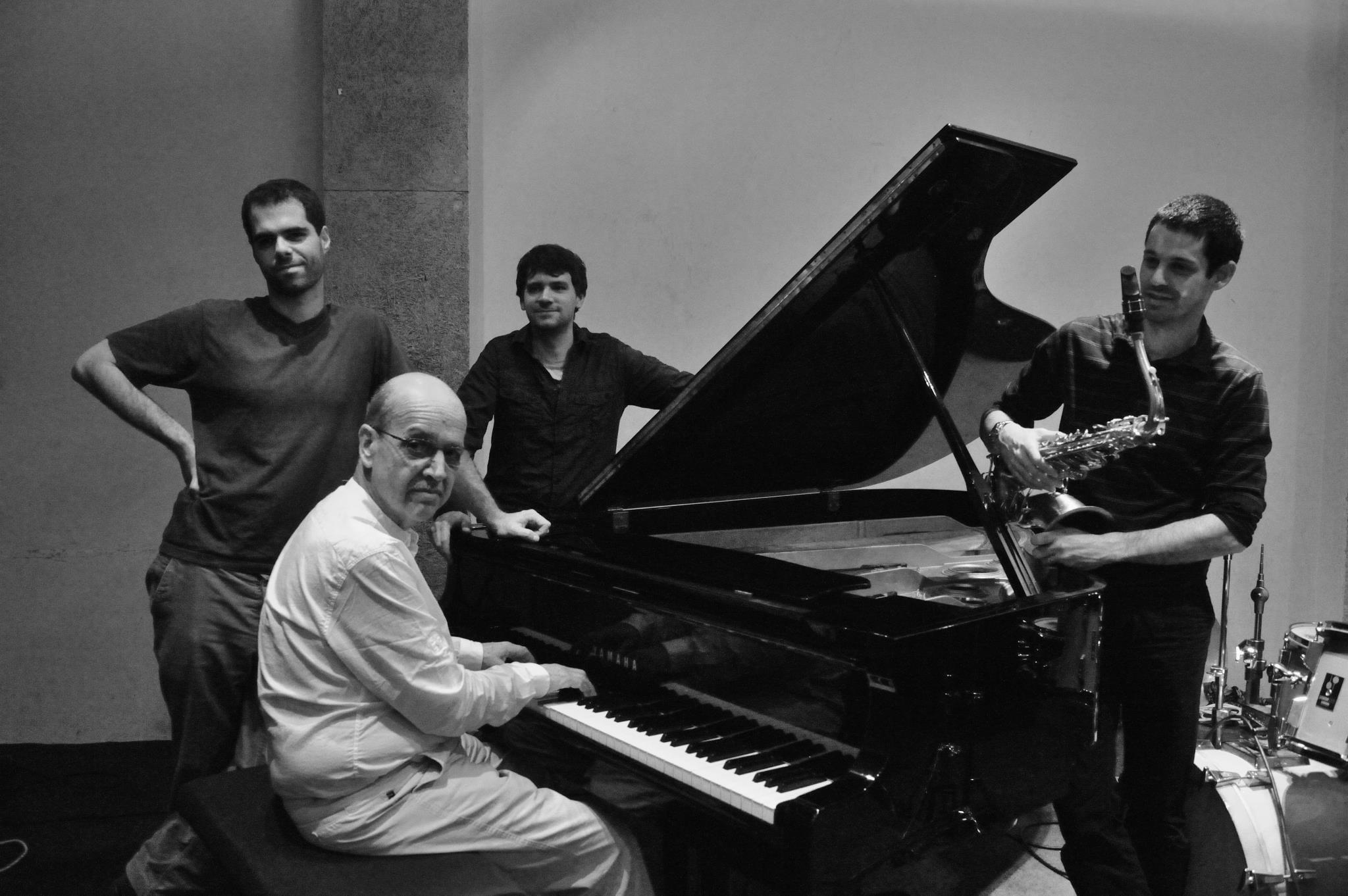
You also worked at the Conservatoire à Rayonnement Départemental du Val d’Yerres and at the Conservatoire Portes de l’Essonne…
Yes: CRD (Ex ENMD ) of Val d’Yerres: 1971-2009. Portes de l’Essonne Conservatory, Juvisy: 1994-2009
On the two establishments I was Professor of Piano Jazz, Harmony, Arrangements, and Jazz Workshops without interruptions. It was my career as an Artistic Teacher, in parallel with that of a Jazz musician.
What currently occupies your life?
My family, music (piano and concerts), road cycling (practicing regularly: 80-90 km on 2 to 3 outings per week), the game of chess, which I practiced a long time ago and resumed since little, and the Internet.
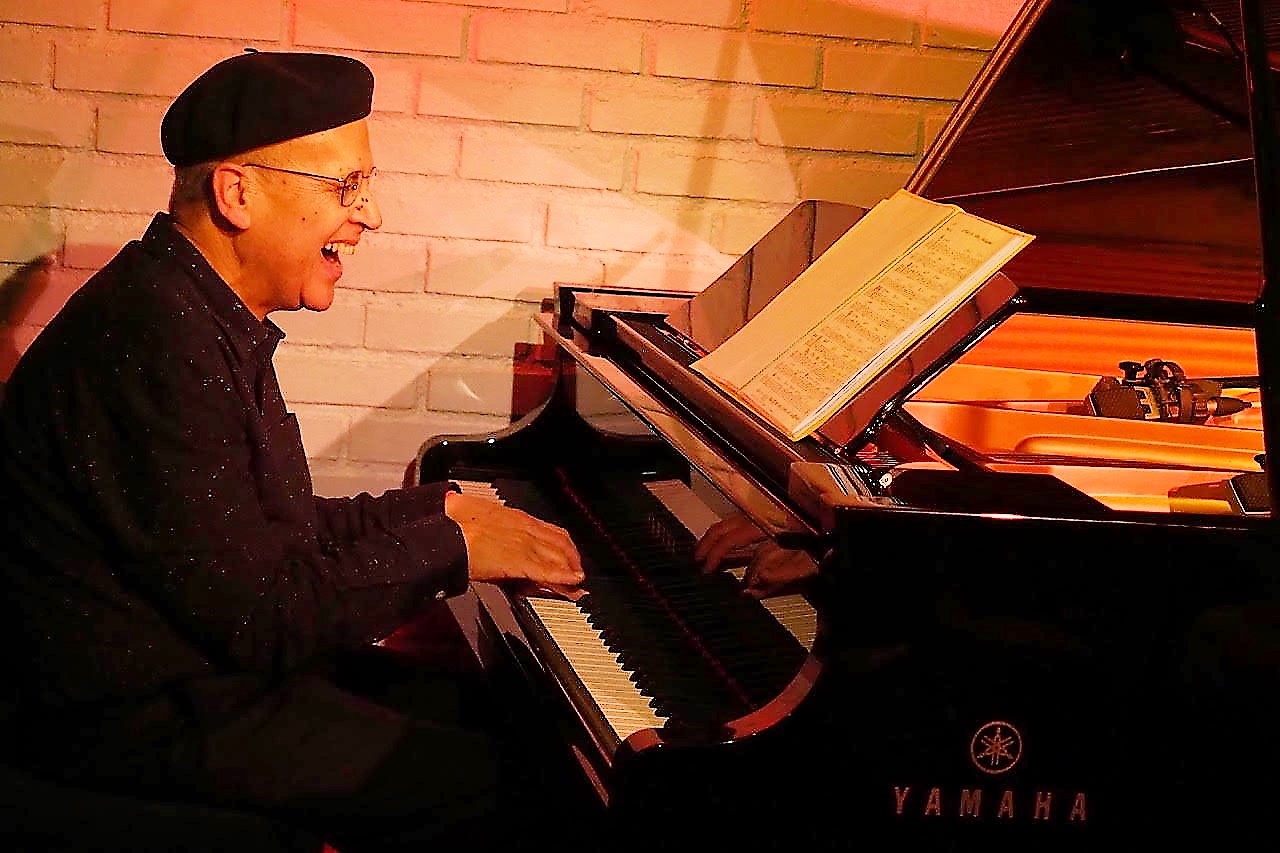
What are some of the most important players that influenced your own style and what in particular did they employ in their playing that you liked?
Pianists: Erroll Garner, Thelonius Monk, Bill Evans, McCoy Tyner, Herbie Hancock, Keith Jarrett and Chick Corea.
The Big Bands: Duke Ellington, Gill Evans, George Russel.
Brass: Louis Armstrong, Miles Davis, Charlie Parker, John Coltrane.
And all the musicians who have orbited the musicians mentioned. Their common denominator is: the swing, their style, and their compositions and their way of playing.
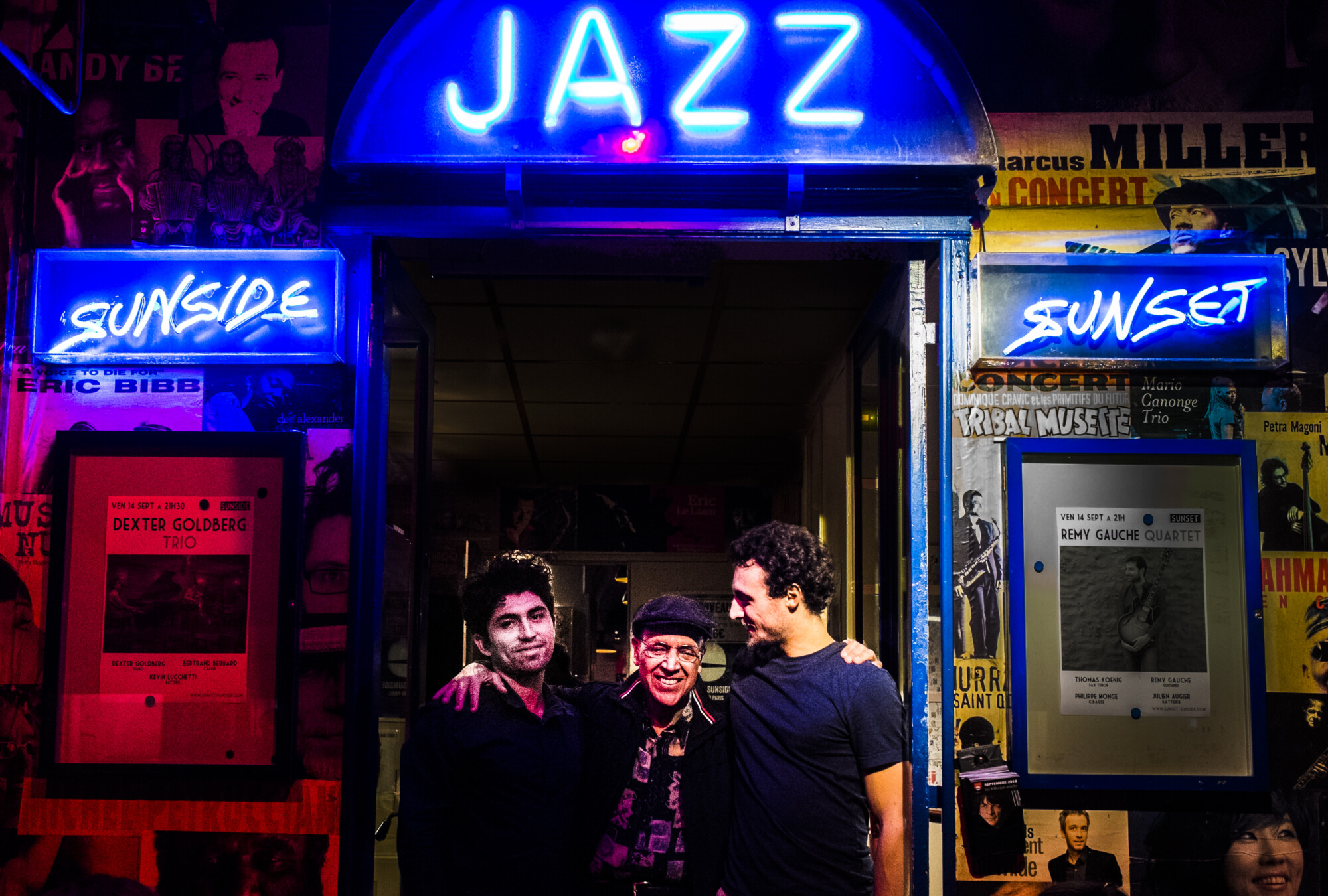
Thank you for taking your time. Last word is yours.
Thank you very much Klemen for this nice interview. It was a real pleasure. Thank you.
Klemen Breznikar
Headline photo: Machi-Oul Big Band at Chateauvallon Festival, France (1972)
Manuel Villarroel Facebook

